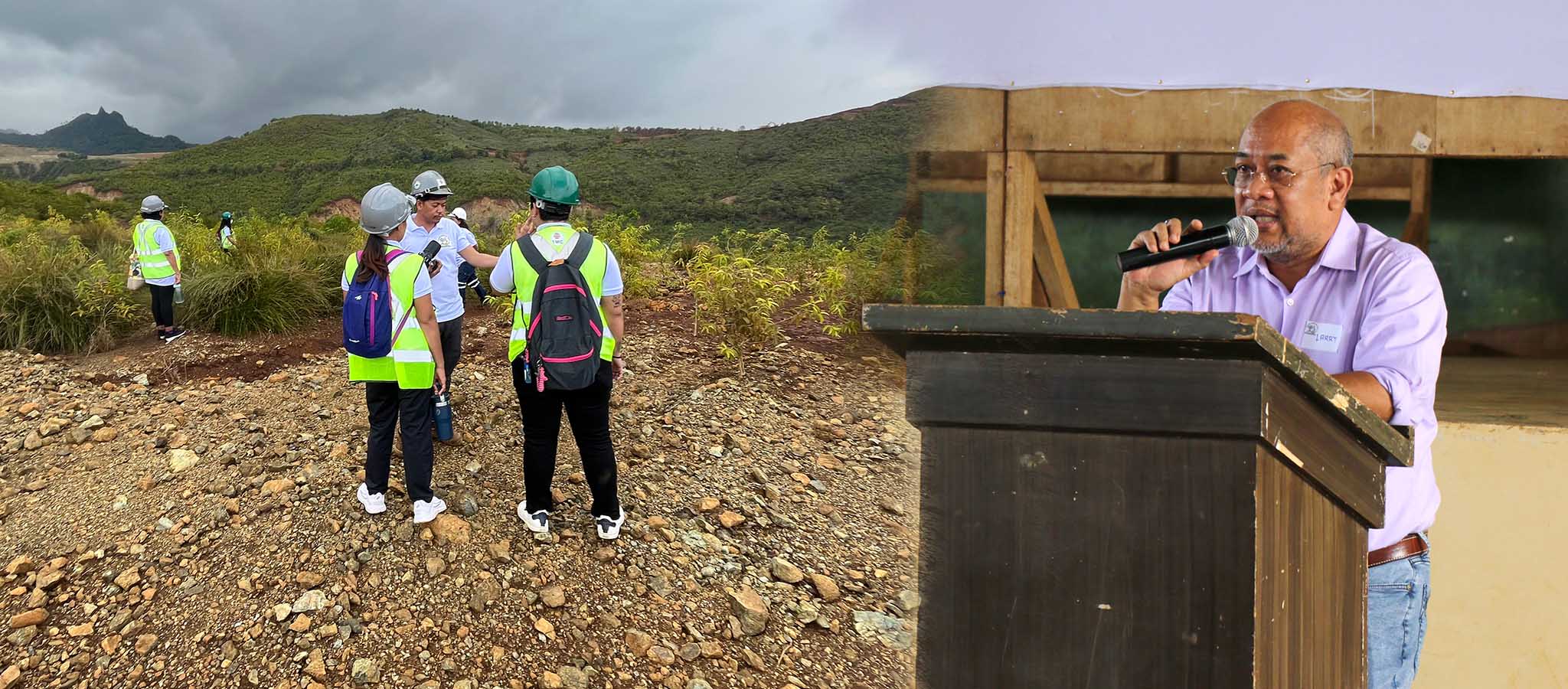
Goodbye ‘red alert’ with Monascus Red!
Red is the color of fire, energy, and passion. It is said to fuel not only the emotions, but also one’s metabolism and appetite, making it an ideal color for food products and advertisements.
But with the enticing hues and shades of red in food products, beverages, and even cosmetics, how safe could these eye candies get if the color is sourced from artificial dyes?
Studies reveal their link to cancer, hormonal disruption, and hyperactivity among children.
Enter Monascus Red, a safe and natural alternative to non-permissible, dangerous, and non-food synthetic colors discovered by UPLB researcher and microbiologist Fides Marciana Tambalo.
Tambalo is project leader of the Enzyme Laboratory at the UPLB National Institute of Molecular Biology and Biotechnology that extracts the main ingredient and produces it in powder and liquid form.
According to Tambalo, who currently serves as assistant to the vice chancellor for research & extension of UPLB, they cultivate and isolate Monascus fungi from a fermented food that is produced in the Philippines. Like other food that are sourced from fungi such as mushroom and blue-veined cheese, Monascus is safe for human consumption.
“Monascus is generally considered and recognized as safe in Asia and has been used for more than a century in Asian cuisine,” Tambalo said.
It took more than seven years of research before Tambalo’s team released Monascus Red to the public. Funding support from the Department of Science and Technology was crucial to producing and refining this all-natural colorant.
Tambalo is cognizant of the industry demand for food colorants and the absence of local companies that produce natural alternatives. “The feasibility and potentials of the project and of the natural color industry is a booming one,” she said.
Monascus Red is homegrown and locally produced, making it competitive with imported and synthetic colorants.
It has been tested on meat products, baked goods, beverages, and personal care products such as soap and lip balm. Tambalo’s team has also conducted safety tests and validation for different food and personal care products, and production studies on a pilot scale.
The challenge lies in taking Monascus from laboratory scale to pre-marketing stage while ensuring continuous support from the government.
Commercializing and licensing are equally difficult. As Tambalo pointed out, “it is challenging to find somebody in the Philippines who will invest in biotechnology.”
In the meantime, Tambalo is promoting the use of Monascus Red through training activities in order to see more people being informed on the importance of using safe food colorant.
This is despite the observed resistance of stakeholders to shift from using traditional artificial coloring to natural ones.
Tambalo’s team’s enthusiasm cannot be dampened, however, as they continue to passionately discover more microbes that produce safe colorants. (Kristine E. Araguas)
- YOU MAY ALSO LIKE



